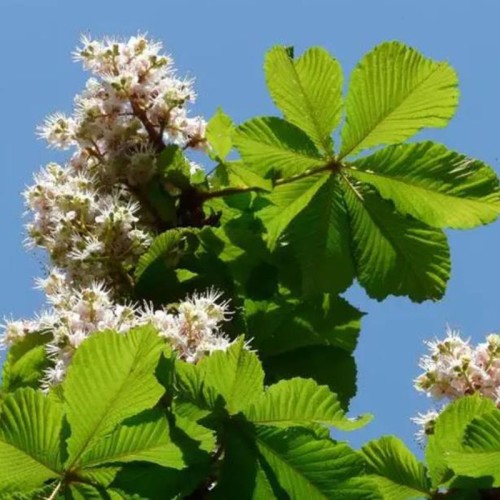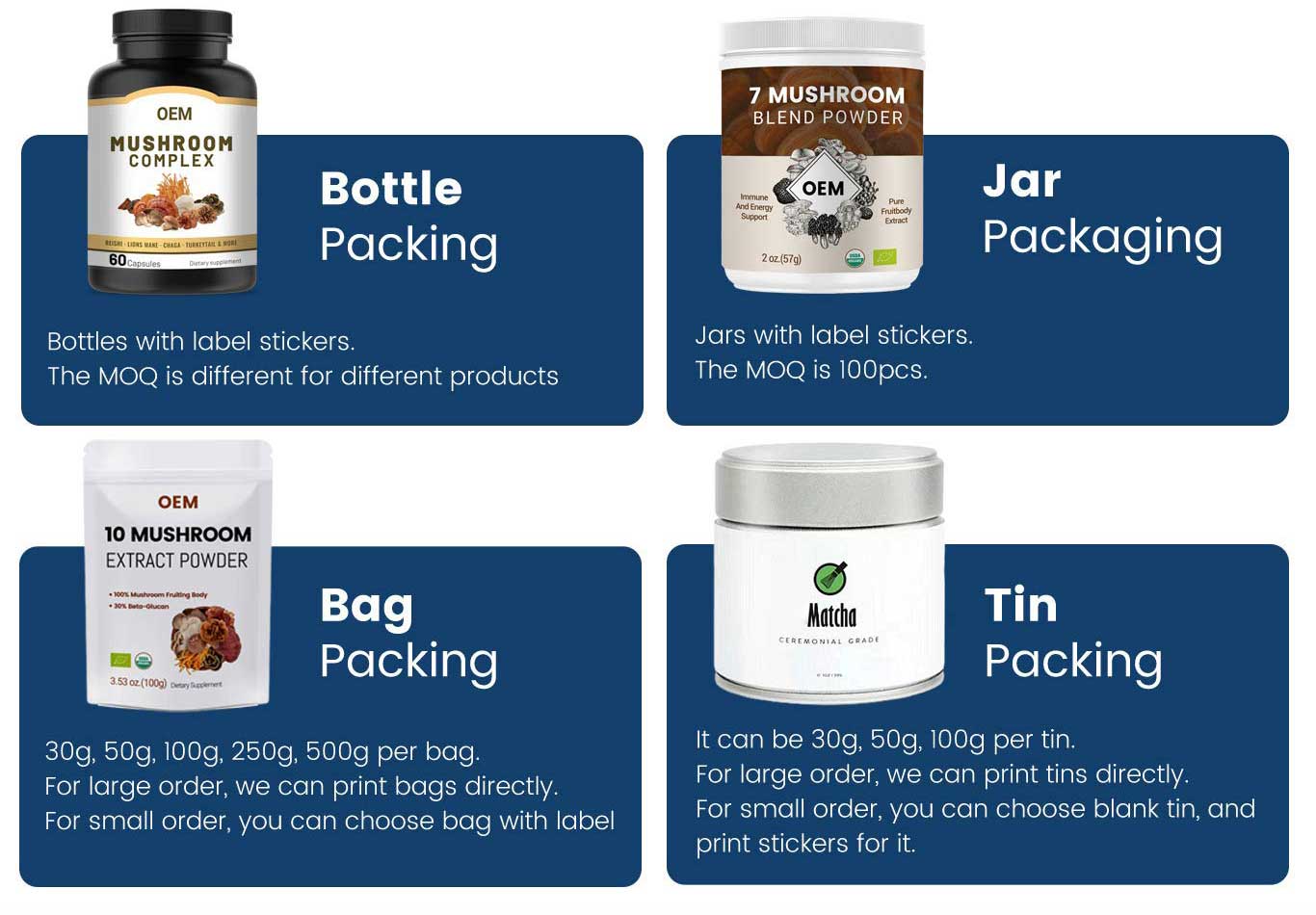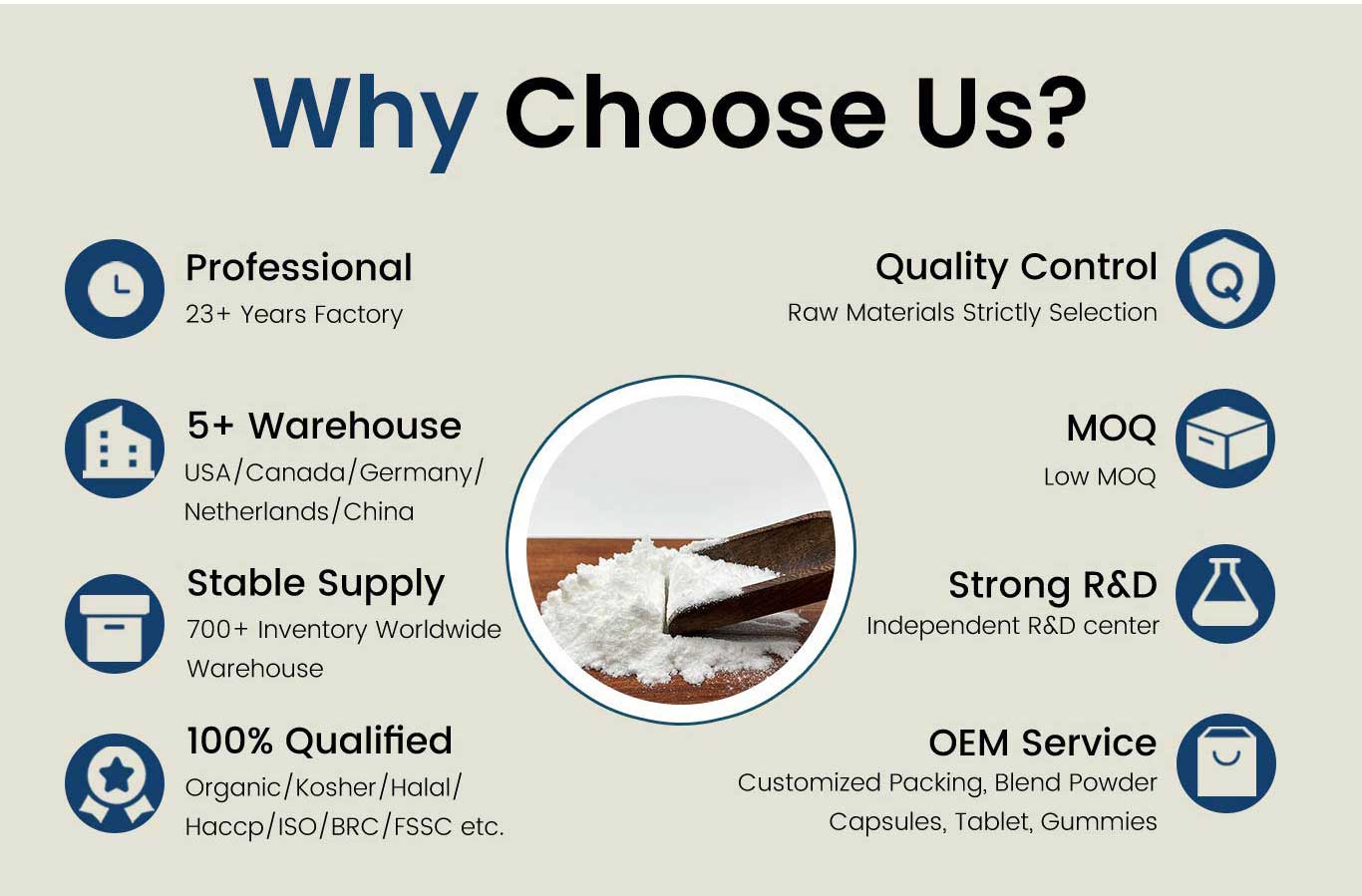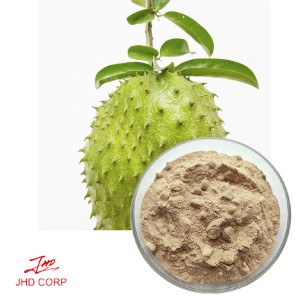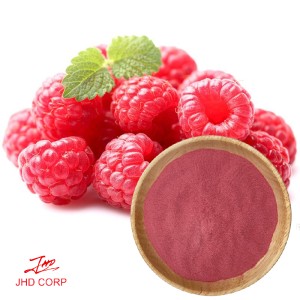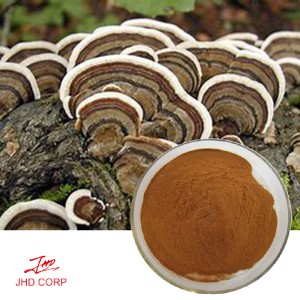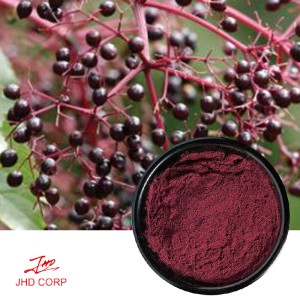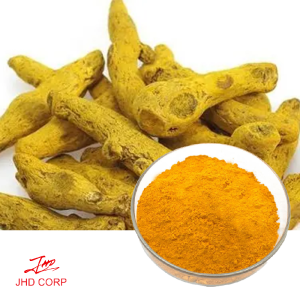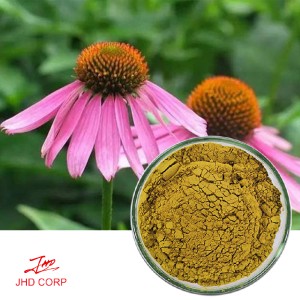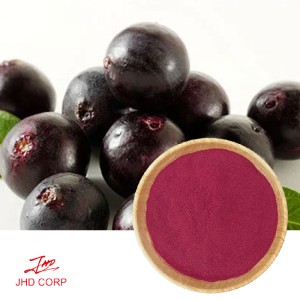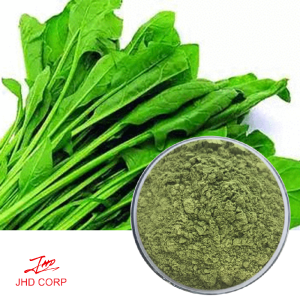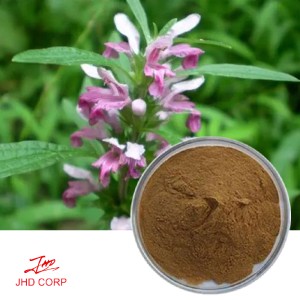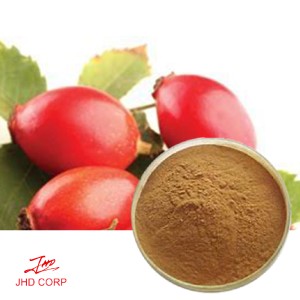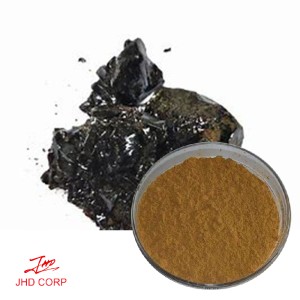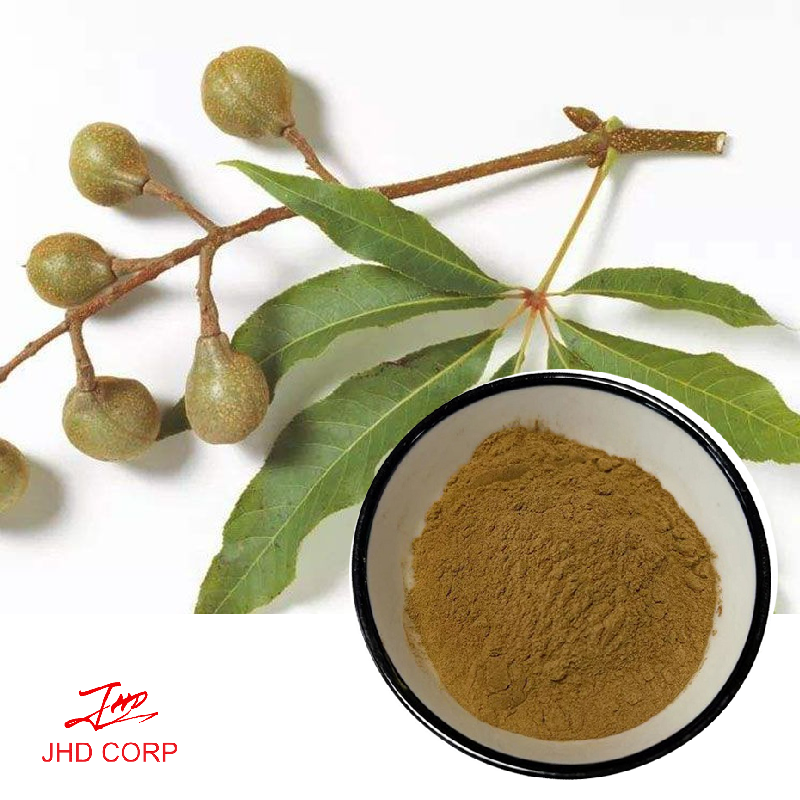
Chat With Us Contact Us Email Me
Horse Chestnut, Aesculus hippocastanum is a large deciduous tree, also known as the Conker tree. It is native to Asia and southeast Europe(Greece). It is widely cultivated throughout the temperate world. It grows to 36 m tall, with a domed crown of stout branches, on old trees the outer branches are often pendulous with curled-up tips. The fruit is a green, softly spiky capsule containing one (rarely two or three) nut-like seeds called conkers or horse chestnuts. Each conker is 2-4 cm in diameter, glossy nut-brown with a whitish scar at the base.
The nuts, especially those that are young and fresh, are slightly poisonous, containing alkaloid saponins and glucosides. The saponin aescin has been used for health purposes (such as varicose veins, edema, and sprains) and is available in food supplements, as is a related glucoside aesculin. Horse Chestnuts also contain flavonoids, sterols, tannins, etc.
Function:
1) Strengthens vein walls, increases elasticity, and decreases permeability (leakage).
2) Decreases edema -- swelling caused by the accumulation of fluid in the veins.
3) Reduces venous inflammation.
4) Stimulates circulation.
5) Treats hemorrhoids (traditional).
Application:
1) It is widely used in the pharmaceutical field.
2) It is widely used in the health industry.
3) It is widely used in cosmetics.
Add Popular Products to weekly line up


